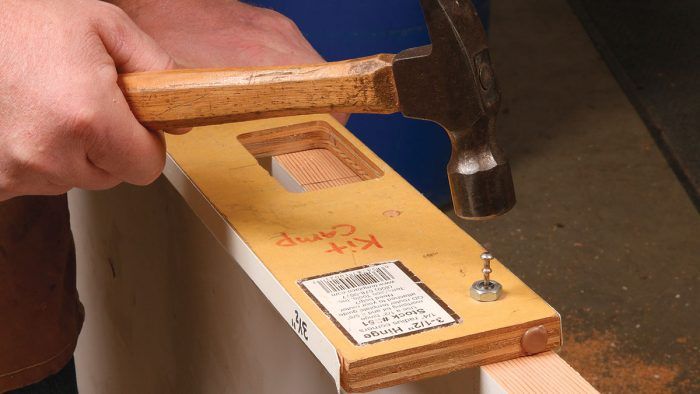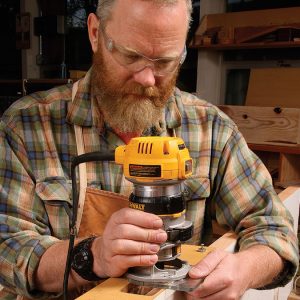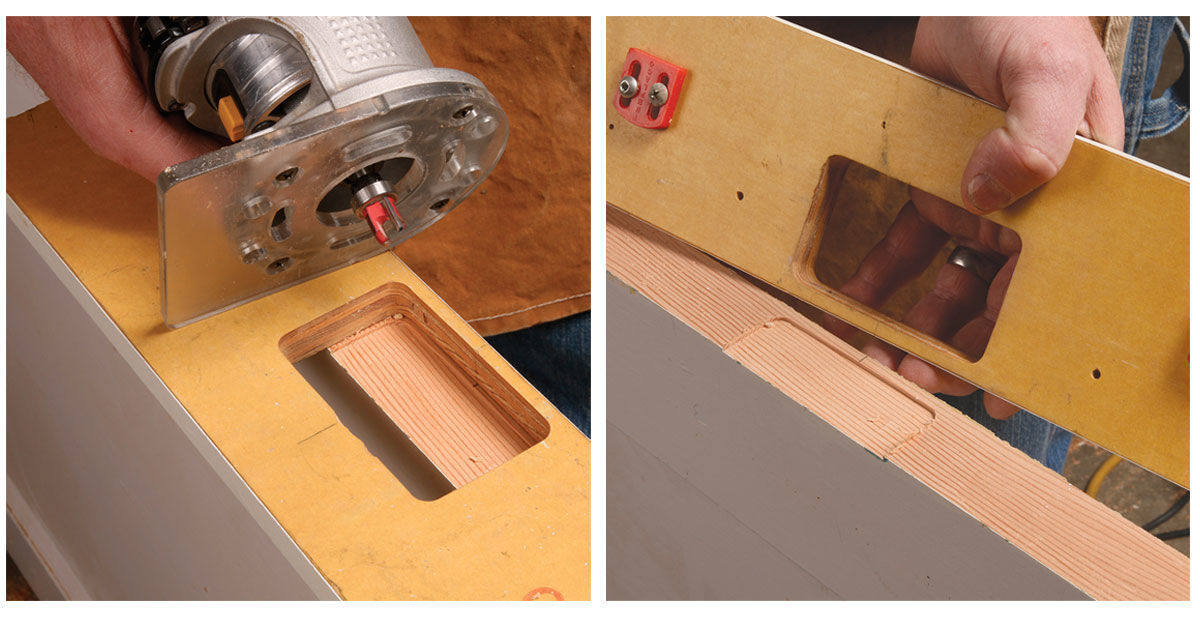Sturdy, Common-Sense Hinge Templates
Templaco Tools templates are simple, durable, and affordable, and they come in sizes to fit nearly any door configuration.


I like these tools for lots of reasons. They are simple, durable, and relatively inexpensive. I can use them on newly installed jambs without stops or existing jambs with stops already on. They’re adjustable, so I can place the hinges exactly where I want on the edge of the door, and they work for different door thicknesses. The built-in spacer that automatically sets the head gap on the jamb is pretty much foolproof. Because the templates are made from plywood instead of metal, I can easily repair a router ding with auto-body filler or modify them as needed. One routine modification is to screw a fence onto a template so it can be clamped to the door rather than using the captive nails that normally attach it.

I can sense a few questions floating out there: No, these templates won’t replace a microadjustable metal jig for some remodeling work—especially when hanging a house full of new doors in old jambs—but I have found they will do what I need 90% of the time. And yes, I know that any competent finish carpenter can build their own plywood hinge templates. In fact, you can see some of my techniques for doing just that in this issue. But these templates are already made from nice plywood, they’re edgebanded, they have a laminate surface that my router can easily slide on, and they have built-in stops and template nails. Besides all that, they just work great.
Read the feature article, Get More From Your Router, for some professional tips for using routers to make perfect mortises, splines, edge profiles, and more.
Kit Camp, former finish carpenter and woodworking teacher in Portland, Ore.
Photos: Asa Christiana
From Fine Homebuilding #284

























